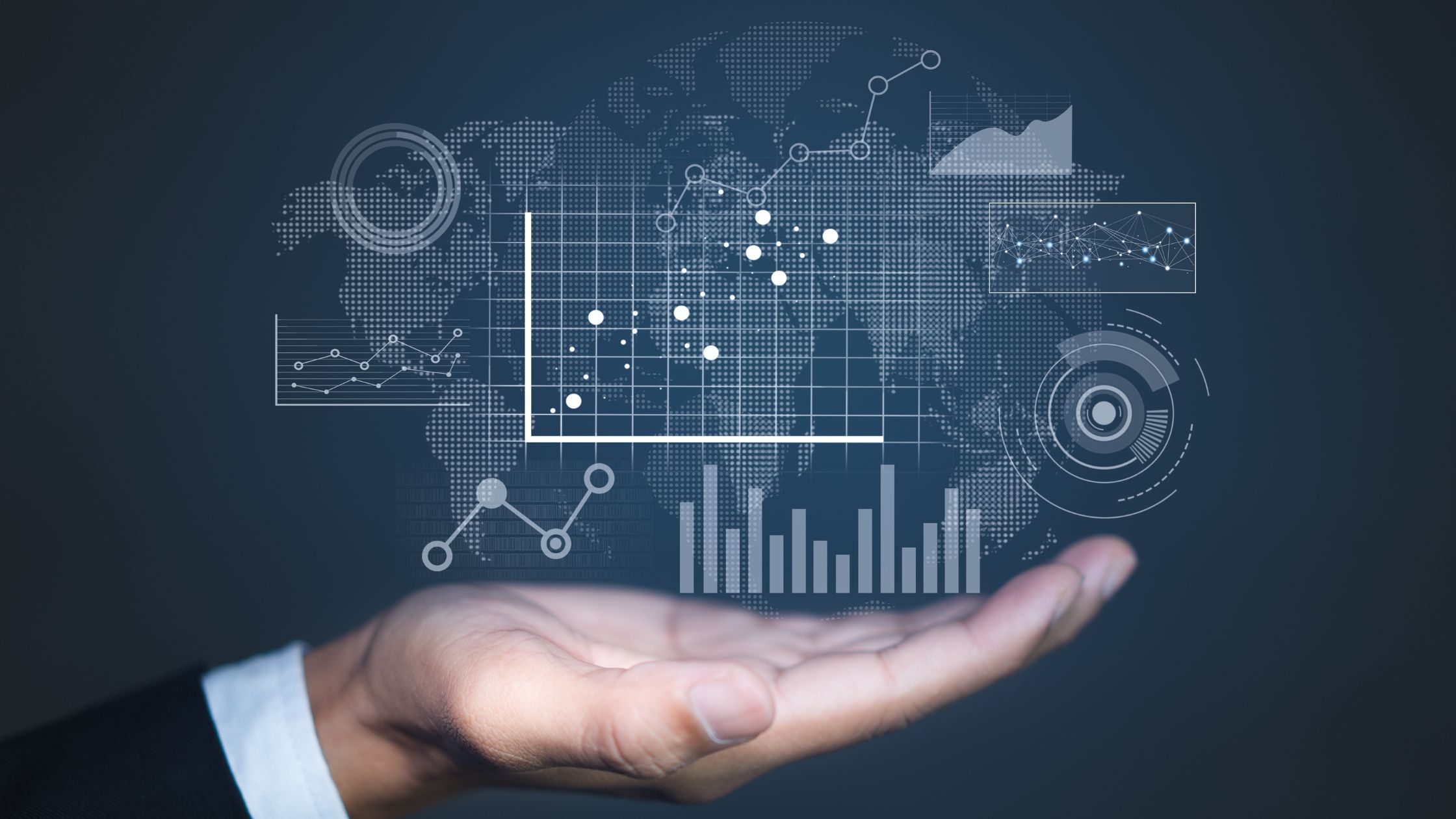How Visual Analytics help to Turn Big Data into Actionable Insights
In the era of Big Data, organizations are collecting and storing vast amounts of information from various sources such as sensors, social media, customer interactions, and more. However, the true value of this data lies not in its sheer volume, but in the actionable insights it can provide. This is where visual analytics emerges as a powerful tool, enabling organizations to turn complex data into meaningful and actionable insights.
What is Visual Analytics?
Visual analytics is an interdisciplinary field that combines data visualization, interactive interfaces, and analytical techniques to explore, understand, and communicate patterns and insights within large and complex datasets. It merges the strengths of human cognition and computational power, allowing users to visually explore data, discover hidden patterns, and make informed decisions.
The Role of Visual Analytics in Big Data:
Data Exploration:
Big Data often comes in unstructured or semi-structured formats, making it challenging to glean insights directly. Visual analytics tools provide dynamic visualizations that enable users to interactively explore data from different angles, helping to uncover relationships, trends, and anomalies that might go unnoticed in traditional tabular formats.
Pattern Recognition:
Human brains are adept at recognizing visual patterns. Visual analytics leverages this strength by representing data visually, making it easier to identify patterns and outliers. For instance, a heat map might reveal geographic clusters of customer activity or a line chart could show sales trends over time.
Real-time Insights:
In many industries, real-time data analysis is crucial. Visual analytics tools can process and display data in real-time, enabling organizations to respond promptly to emerging trends or issues. This is particularly valuable in fields like finance, healthcare, and cybersecurity.
Storytelling:
Visualizations can convey complex ideas more effectively than raw data. By creating compelling visual narratives, organizations can communicate insights and trends to stakeholders, fostering better decision-making across all levels of the organization.
Predictive Analytics:
Visual analytics tools often integrate with advanced analytical techniques, such as machine learning and predictive modeling. By visually representing predictive outcomes, decision-makers can better understand the potential impact of different choices and strategies.
Challenges and Considerations:
While visual analytics offers immense benefits, there are some challenges to be mindful of:
- Data Quality: Visualizations are only as reliable as the underlying data. Ensuring data accuracy, consistency, and cleanliness is essential for generating trustworthy insights.
- Complexity: Creating effective visualizations requires a balance between simplicity and depth. Overly complex visualizations might confuse users, while overly simple ones might not capture the nuances of the data.
- Tool Selection: Choosing the right visual analytics tool is crucial. The tool should align with the organization’s needs, data sources, and user skill levels.
- Interactivity: Interactive features are a core aspect of visual analytics. Designing interfaces that allow users to explore and manipulate data intuitively is essential for deriving actionable insights.
In conclusion, in the age of Big Data, the ability to transform raw data into actionable insights is a competitive advantage. Visual analytics bridges the gap between raw data and informed decisions by enabling users to visually explore, understand, and communicate complex data patterns. By utilizing the power of visualizations and interactivity, organizations can extract meaningful insights from Big Data and drive informed strategies and decisions across various sectors.
